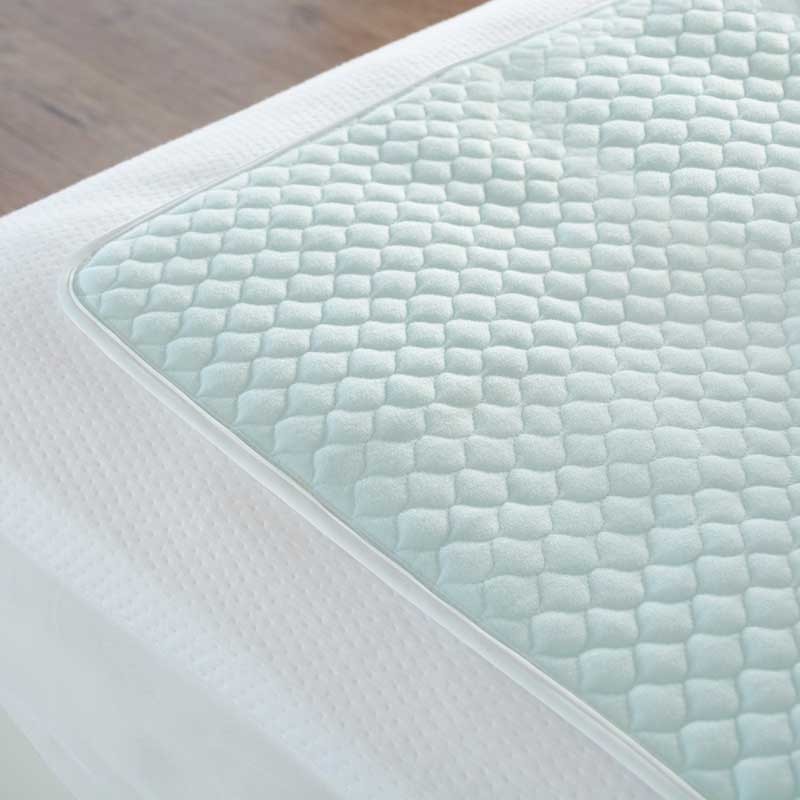As people age, their ability to control bladder function can decrease. In fact, it’s estimated that more than four million elderly Australians regularly experience incontinence. Considering so many people have to deal with this problem on a daily basis, there are a variety of incontinence aids on the market that can help manage it. If you are taking care of a loved one experiencing incontinence, here are some of the best aids you can use to minimize its effects on your lives.

Incontinence Slips
Due to being very practical and effective, underwear slips are the most popular incontinence aids. They use the same technology to trap fluid as nappies do, and come with a hydrophobic layer that immediately wicks the moisture away from the skin so that the user can stay dry. Additionally, they also are designed to block odours which allow the person wearing them to feel more confident. With that being said, underwear slips can help deal with the effects of incontinence both at home and outside. As such, they can be a great tool for improving the quality of the person’s life because it saves them from being housebound or taking frequent bathroom breaks. They are especially useful for people who are bedridden and unable to go to the bathroom.
Bed and Chair Protection
If incontinence is heavy, besides underwear slips, you can also use bed and chair pads as a backup to prevent damage to furniture and help maintain a hygienic environment. These pads are heavily absorbent and have a waterproof backing to prevent leakage. They are often used at night to allow for comfortable sleep and prevent sheets and mattresses from getting wet. Besides beds and chairs, pads are also suitable for wheelchairs and car seats. As opposed to underwear slips, these protective pads are reusable as long as you make sure to give them a thorough wash between uses.
Bedside Commode
A portable commode by the bed may be also a convenient solution for frequent urination if the bathroom is difficult to reach. The commode looks like a regular chair, with the only difference that there’s a bedpan concealed within its frame and accessed by lifting the lid. However, it’s only useful as long as the person has a certain amount of control over emptying the bladder.
Medications that Lessen Leakage
There are also certain medications that help treat urinary incontinence. Some medications can help the bladder empty more fully, while others help tighten muscles to prevent leakage. In any case, it’s best to consult with a doctor on what kind of medications are best in your case. Additionally, it’s also important to note that even while using medication, some people can still experience leakage from time to time. With that being said, medication combined with incontinence aids may be more effective than relying on medication alone.
























